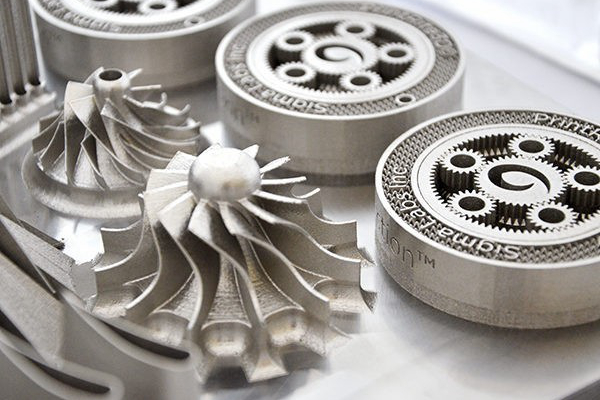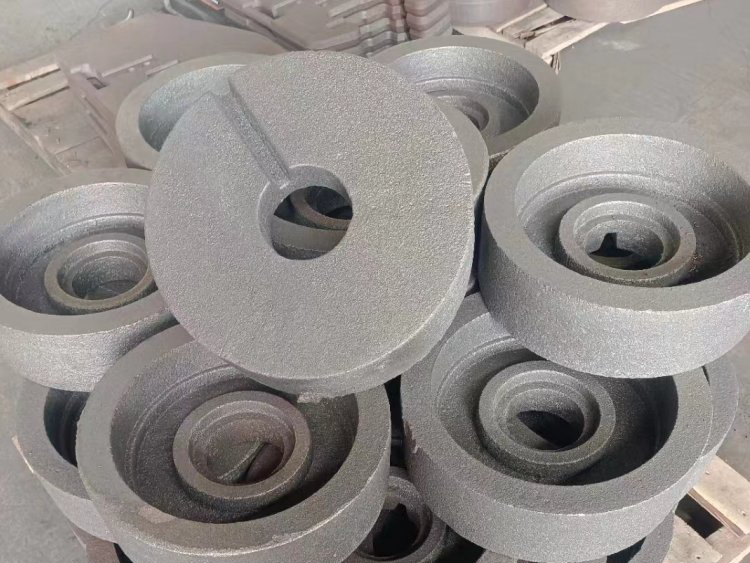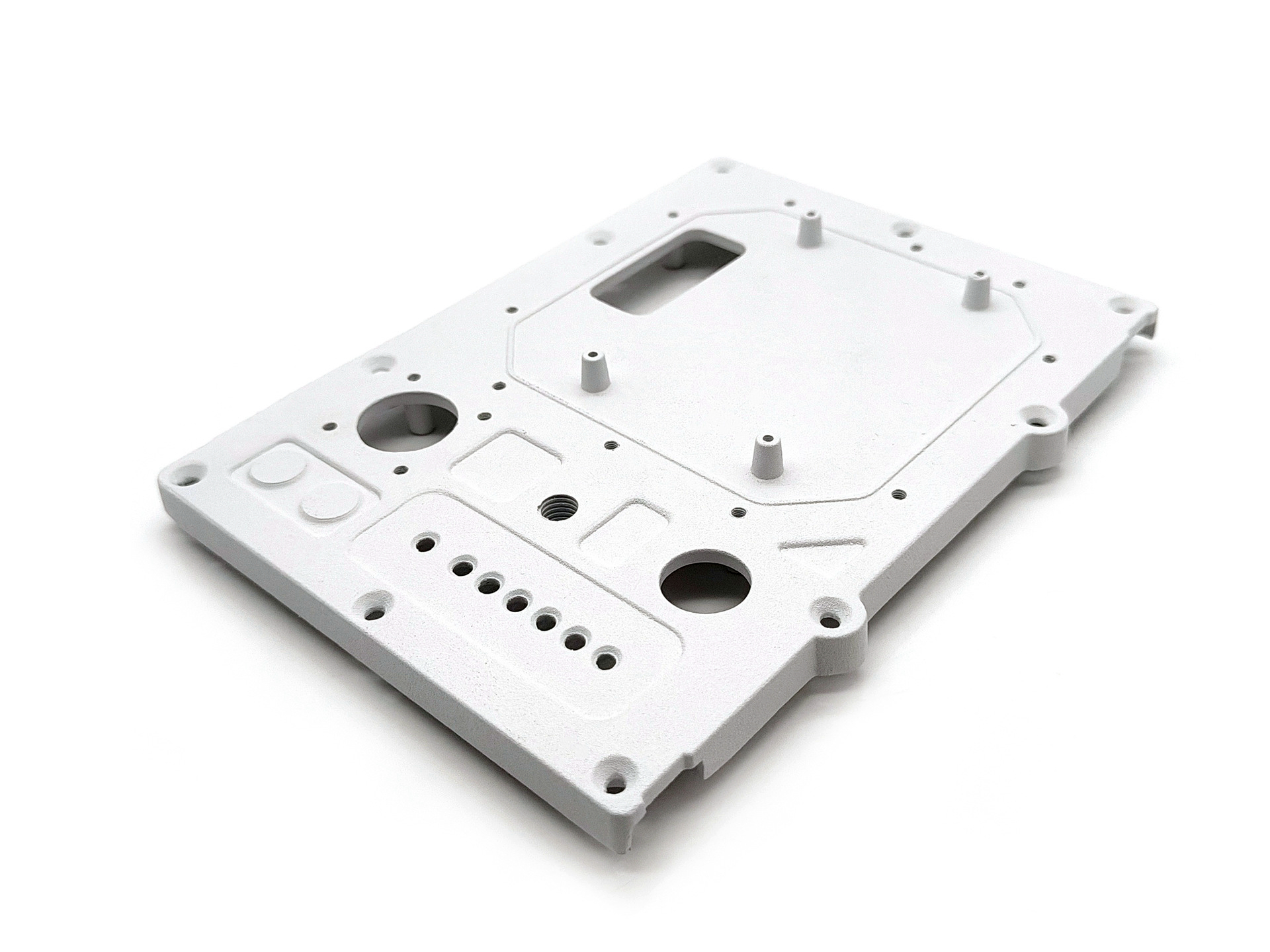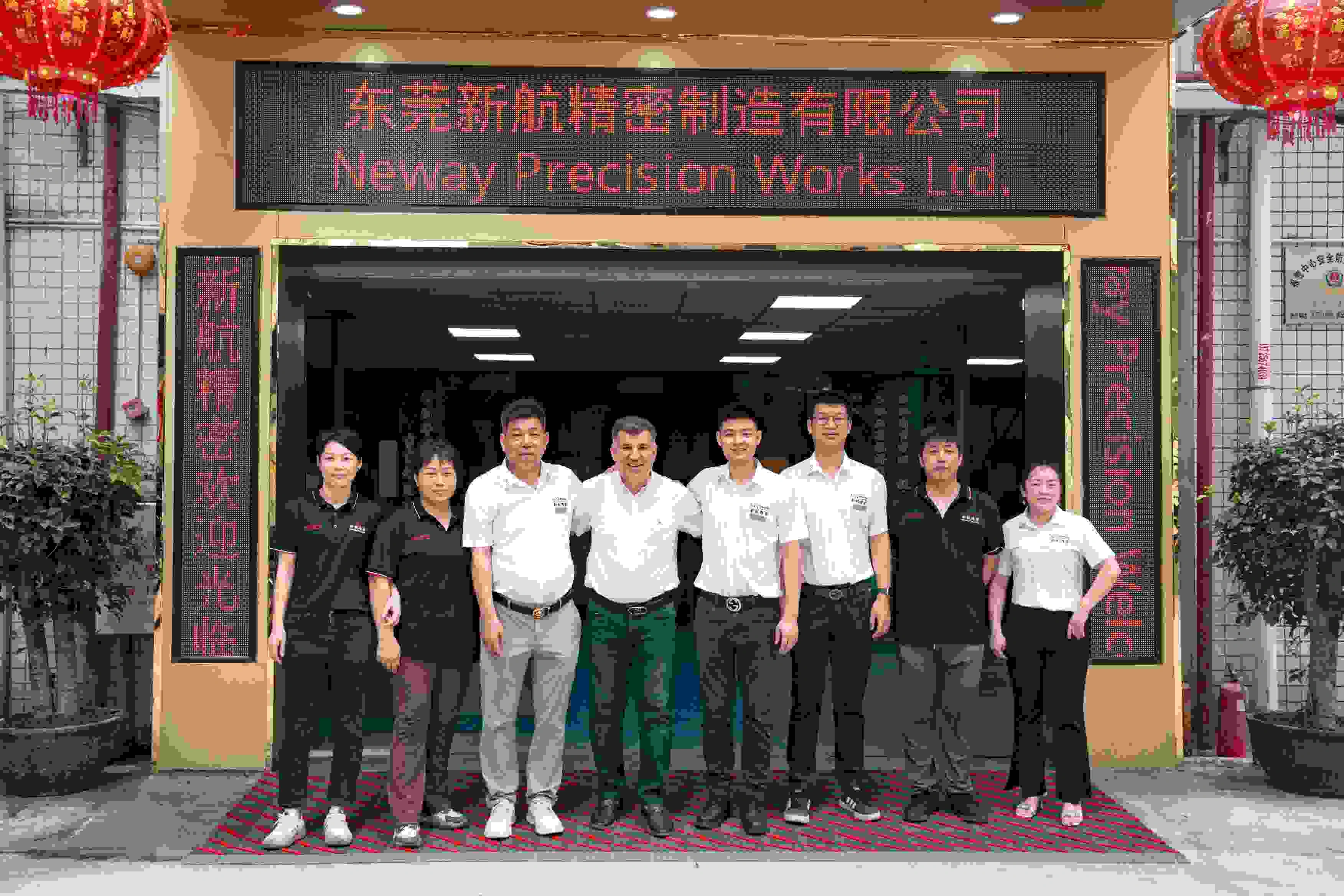How does die casting compare to CNC machining for cosmetic consumer components?
How Does Die Casting Compare to CNC Machining for Cosmetic Consumer Components?
Surface Finish and Aesthetic Quality
Die casting excels in producing net-shape parts with smooth surfaces, making it highly suitable for consumer components requiring refined aesthetics. Alloys like ADC12 and Zamak 3 allow for sharp detail reproduction and minimal post-processing. Surface roughness in the as-cast condition can reach Ra 1.5–3.2 µm, suitable for direct powder coating or anodizing, which are widely used in electronics, kitchen appliances, and decorative trims.
In contrast, CNC machining offers ultra-smooth finishes (Ra ≤ 0.8 µm) with precise surface control, ideal for visible parts requiring mirror-like polish or tight cosmetic tolerances. However, achieving this level of finish often requires secondary operations such as polishing or painting, adding to cost and lead time.
Design Freedom and Aesthetic Complexity
Die casting supports intricate geometries and integrated aesthetic features, such as logos, textures, and patterns, directly in the mold. This enables high-volume production of complex cosmetic parts with minimal finishing. It’s ideal for sleek housing covers, control bezels, and stylized handles.
CNC machining provides greater freedom in modifying designs quickly without tooling, which is beneficial for short-run customization or iterative prototyping. However, sharp internal features or undercuts often require specialized tooling or multi-axis setups, increasing cost.
Production Scale and Unit Cost
For large-scale cosmetic part production, die casting offers significantly lower per-unit costs after tooling is amortized. Tooling costs are offset once volumes exceed ~1,000–5,000 units, making it ideal for mass-produced consumer products. Machined components, while higher in cost per unit, remain competitive for low-volume luxury items or niche electronics requiring premium finishes.
Material and Finish Compatibility
Die casting materials such as A380 and Zamak 5 are compatible with high-quality surface treatments. They accept a wide range of coatings, including anodized, matte, textured, metallic, or high-gloss finishes, which are critical for consumer appeal.
Machined parts, especially in aluminum, stainless steel, or brass, support more boutique finishes like brushed, bead-blasted, or mirror-polished surfaces. However, the cost of achieving this level of finish is generally higher compared to die-cast equivalents treated with tumbling or coatings.
Recommended Services for Cosmetic Consumer Parts
To meet both aesthetic and production goals, Neway offers:
Die Casting Services: For high-volume, visually refined consumer components.
CNC Machining Services: For premium, low-volume, or precision-polished parts.
Surface Finishing Services: Including painting, anodizing, and powder coating to achieve desired appearance and texture.
We support brands in achieving cosmetic excellence while maintaining cost-efficiency and manufacturability.



